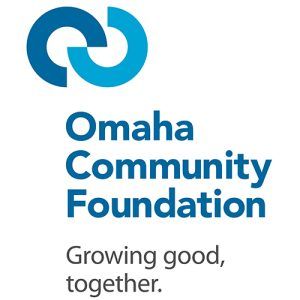As you prepare and review your clients’ tax returns, take the opportunity to talk with them about their charitable giving and whether their donations were made with cash or other assets, steering the conversation toward discussing the most effective assets to give to charity. Here is a four-point checklist that can help you advise your clients about the range of charitable giving options.
- Remind clients that cash is not king when it comes to charitable giving. Cash is typically not the most tax-effective form of charitable giving. Instead, encourage clients to consider giving highly appreciated assets, including publicly traded stock, to support their favorite organizations.
- Think even beyond stock. Encourage clients to explore various forms of non-cash assets that can make great charitable gifts. Donating real estate to a charitable organization is generally deductible at the property’s fair market value at the time of the gift and avoids capital gains taxes. That means the organization will receive more value from the property donation than if your client sold the property and then donated the proceeds.
If your client is 70½ or older, in 2024, they can donate up to $105,000 ($210,000 for a married couple) from an IRA directly to a charitable organization, including a fund within their local community foundation. The donation is excluded from your client’s taxable income and counts toward their required minimum distribution if they are required to take one.
Other examples of non-cash assets that could be excellent charitable gifts include mutual funds, publicly traded bonds, life insurance policies, limited partnership interests, cryptocurrency, and crops or livestock. - It’s time to start a fund. Donor Advised Funds are the fastest-growing type of fund in the nation for good reason. They are tax-smart, simple to manage, and help people give to the organizations, causes, and civic initiatives that mean the most to them.
It is easy to use highly appreciated stock, real estate, and other non-cash assets to fund a Donor Advised Fund, and your client will receive an immediate tax deduction. Additionally, Donor Advised Funds offer investment options, potentially allowing the donations to grow tax-free, increasing the amount your clients can send out into the community. - Close the loop on IRS reporting. Remember that the reporting requirements are different for non-cash donations versus cash donations. Make sure you are familiar with IRS Form 8283, which must be filed with any tax return claiming a deduction for non-cash assets valued at $500 or more.
Opening up the full range of charitable giving options for a client can help you structure a holistic estate and financial plan that meets the client’s objectives for family wealth, philanthropy, and tax effectiveness.
Disclaimer: This article provides an overview of the possible tax advantages of donating non-cash assets and is not intended to provide tax or legal guidance.









